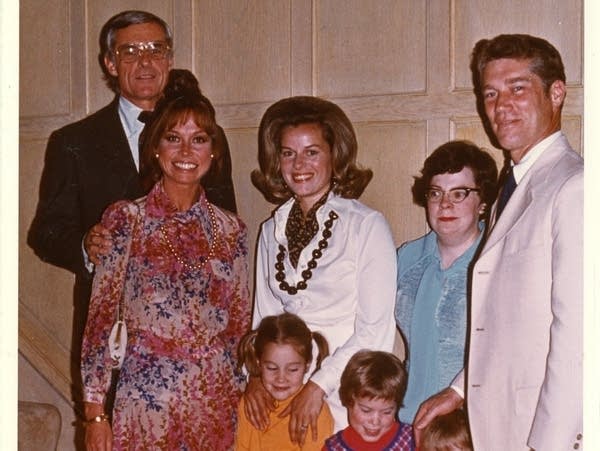How Mary Tyler Moore made Minneapolis a star

Mary Tyler Moore and her husband, Grant Tinker, pose with Minnesota Gov. Wendell Anderson and his family in 1973. The Minneapolis Chamber of Commerce gave the cast of 'The Mary Tyler Moore Show' an award for bringing attention to Minneapolis.
Courtesy of Minnesota Historical Society
Go Deeper.
Create an account or log in to save stories.
Like this?
Thanks for liking this story! We have added it to a list of your favorite stories.


